With a dense network of rivers and a rich aquatic ecosystem, Nam Dinh has great potential for developing freshwater aquaculture, especially cage fish farming on rivers. In recent years, this model has gradually asserted its important position in the rural agricultural economic structure, not only creating jobs and increasing income but also opening up a direction for the development of concentrated, environmentally friendly commodity production.
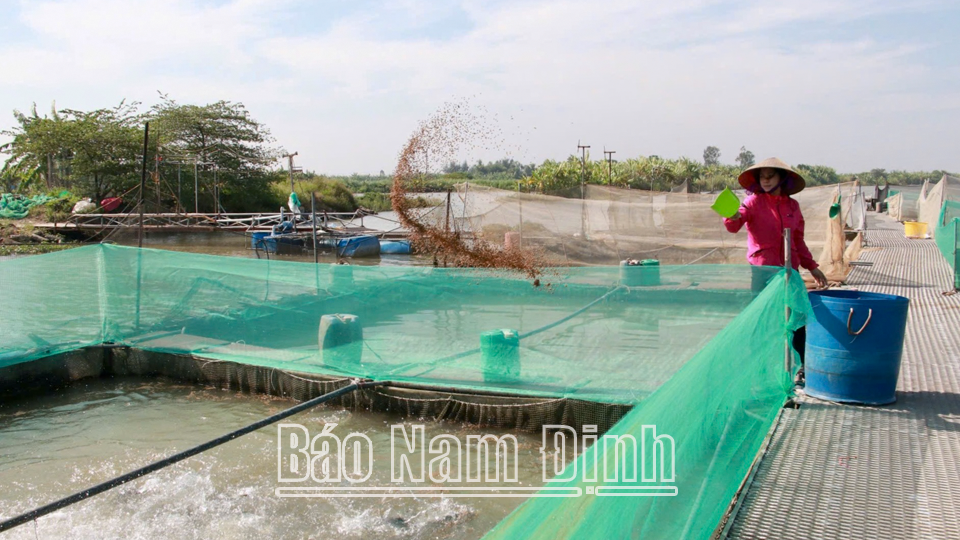 |
| Cage fish farming model on the Red River in Xuan Chau commune (Xuan Truong). |
Located along the Day River, Yen Phuc Commune (Y Yen) has advantages in aquaculture. After many times of research, learning from experience and being licensed by the authorities, in 2014, Mr. Vu Dinh Tuan boldly invested nearly 1 billion VND to build cages and rafts to raise red tilapia, catfish, grass carp and common carp. Effective fish farming on the river depends on the quality of the water source, so during the farming process, Mr. Tuan always focuses on monitoring the depth, analyzing the water source, investing in oxygen pumps to ensure the best farming environment for the fish, not letting the fish get infected with diseases from the environment. When the weather changes, there is a lot of rain or saltwater intrusion, the water quality is not guaranteed, he lets the fish fast, checks regularly until the water quality is stable, then slowly feeds the fish again, combined with vitamin supplements to increase the fish's resistance; periodically deworms and flukes for the fish. Therefore, his fish rarely get sick, always grow and develop well and yield high yields. Currently, Mr. Tuan has 18 fish cages on the river with a total area of nearly 2,000m2 , selling about 100 tons of fish each year in the province and the markets of Hanoi, Ninh Binh, and Ha Nam, earning more than 600 million VND. From Mr. Tuan's success, some households in the commune have learned from his experience and followed suit. To develop sustainable cage fish farming, the commune has supported and created conditions for households to establish the Yen Phuc Commune Aquaculture Cooperative Group to support each other in breeds, techniques for caring for and protecting fish, helping each other harvest and distribute commercial fish to the market at stable prices. Some households earn from 500 million to more than 1 billion VND/year from cage fish farming.
Not only in Ý Yên, in recent years, in many localities in the province with large rivers flowing through the area, households living along the river have grasped and taken advantage of the water surface to develop cage fish farming. According to statistics from the Department of Agriculture and Environment, the whole province currently has over 20 households with about 260 cages of all kinds. The farming objects are all specialty groups with high economic value such as catfish, crispy carp, grass carp... Specifically, in My Tan commune (Nam Dinh city), households raising cage fish focus on Koi fish - a very valuable ornamental fish that is popular. In Xuan Chau commune (Xuan Truong), households raise crispy carp, catfish, red tilapia... Cage fish farming has created regular jobs for hundreds of workers, annually supplying the market with 300-400 tons of commercial fish. This not only brings stable income but also creates jobs for many local workers, contributing to enriching the structure of the province's agricultural sector.
Cage fish farming has many advantages for development, but also has disadvantages due to this very characteristic. First is the complete dependence on natural water sources, especially the water quality in rivers in the context of many untreated wastewater sources (domestic water, production water...) flowing directly into the river from many localities where the river flows through. River water can be polluted by production and living activities of people or saltwater intrusion affecting the health of farmed fish. During the rainy season, sudden changes in temperature and water environment can also harm fish, reducing the quality and yield of the harvest. In addition, floods also damage cages and farming facilities.
Mr. Vu Hoang Giang, My Tan commune, one of the households raising fish in cages on the Red River, shared: Cage fish farming has brought his family many sweet fruits but also many "bitter fruits". In 2024, due to the impact of storm No. 3 and the unfavorable weather during the year, there were many prolonged heat waves, causing a decrease in fish output, supplying the market only about 15 tons compared to 25 tons every year. Fortunately, at the end of the year, fish prices were high, but the loss in output made him unable to be satisfied with the results of last year's fish crop. Another problem is that using river water directly makes it difficult for farmers to control and treat pathogens in the farming environment, which is also a big challenge in the profession. Infectious diseases from the water environment or from unsafe feed can seriously harm the productivity, output, and quality of fish stocks.
In order to ensure the production efficiency of the fisheries sector and support farmers, the Department of Fisheries and Fisheries Control (Department of Agriculture and Environment) focuses on monitoring and warning about the aquatic environment. The Department coordinates with functional units to collect environmental monitoring samples twice a month in farming areas to promptly detect and warn producers in farming areas and localities about unfavorable environmental factors affecting farming objects. The Department coordinates with localities to actively propagate to cage fish farming households to regularly monitor weather forecasts, especially during the rainy and stormy season, observe the water environment to have measures to prevent fish diseases. Instruct cage fish farming households to take care of and stock fish at moderate density, avoid using fresh food, periodically prevent diseases to help fish grow well, take advantage of scattered harvesting when fish are of sufficient size to minimize risks and increase the number of crops each year. In addition, the Department regularly disseminates regulations related to the aquaculture sector, especially regulations on registration of cage aquaculture. From May 19, 2024, the application for a certificate of cage aquaculture has been partially resolved when the Government issued Decree 37/2024/ND-CP amending and supplementing a number of articles of Decree 26/2019/ND-CP dated March 8, 2019 detailing a number of articles and measures to implement the Law on Fisheries. Accordingly, a number of component procedures such as certificates, land and water surface lease contracts have been removed from the dossier for registration of fish cage aquaculture, etc.
Cage fish farming on rivers in Nam Dinh has been developing strongly, contributing significantly to the development of the rural economy and improving people's lives. To ensure sustainable development for this farming profession, there needs to be synchronous investment in technical infrastructure, environmental management and disease prevention. In particular, the construction of an effective environmental monitoring and warning system, combined with the support of functional agencies and the coordinated efforts of farming households, will help the river cage fish farming profession in our province overcome difficulties to develop effectively.
Article and photos: Ngoc Anh
Source: https://baonamdinh.vn/kinh-te/202504/phat-trien-ben-vungnghe-nuoi-ca-long-tren-song-71d78a6/


![[Photo] President Luong Cuong receives Lao Prime Minister Sonexay Siphandone](https://vstatic.vietnam.vn/vietnam/resource/IMAGE/2025/4/17/337e313bae4b4961890fdf834d3fcdd5)
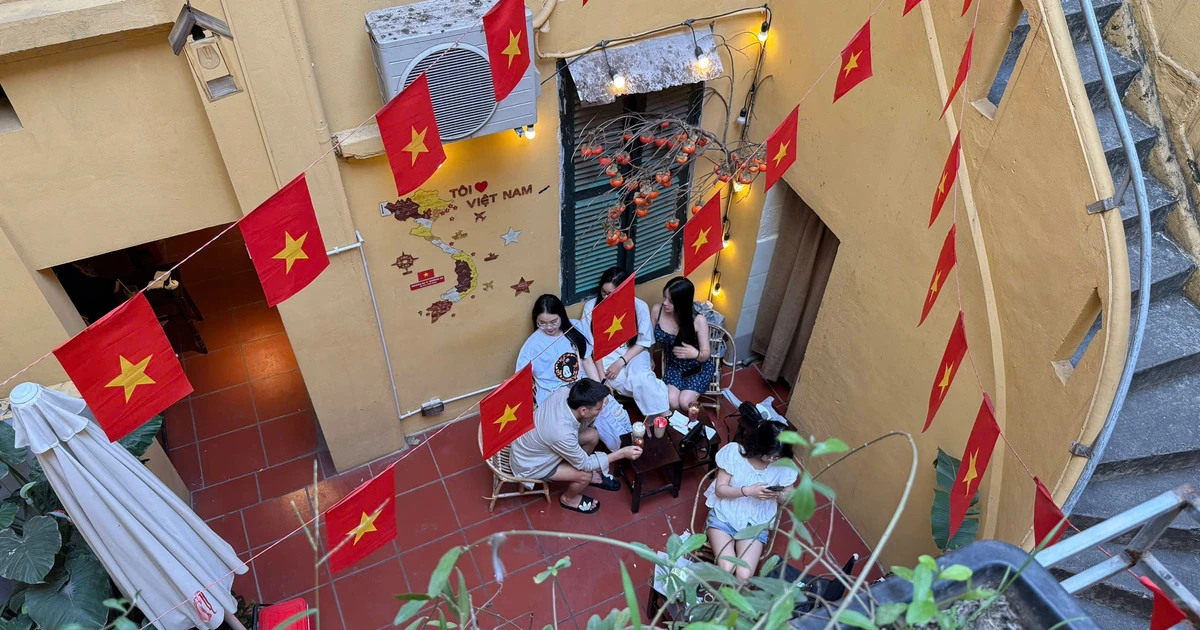
![[Photo] North-South Expressway construction component project, Bung - Van Ninh section before opening day](https://vstatic.vietnam.vn/vietnam/resource/IMAGE/2025/4/17/ad7c27119f3445cd8dce5907647419d1)
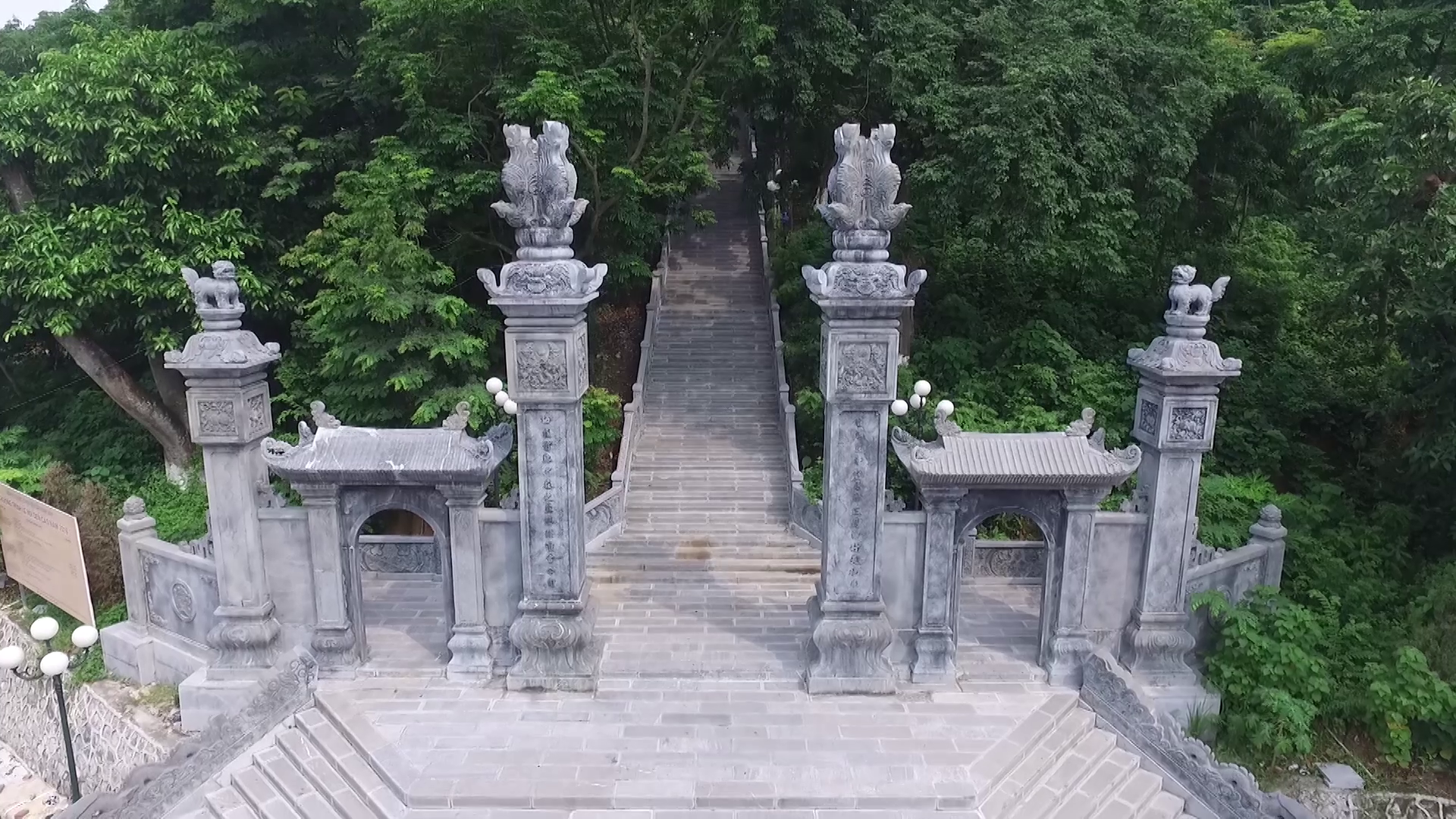
![[Photo] Many practical activities of the 9th Vietnam-China border defense friendship exchange](https://vstatic.vietnam.vn/vietnam/resource/IMAGE/2025/4/16/3016ed3ef51049219574230056ddb741)
![[Photo] General Secretary To Lam attends conference to meet voters in Hanoi city](https://vstatic.vietnam.vn/vietnam/resource/IMAGE/2025/4/17/889ce3da77e04ccdb753878da71ded24)
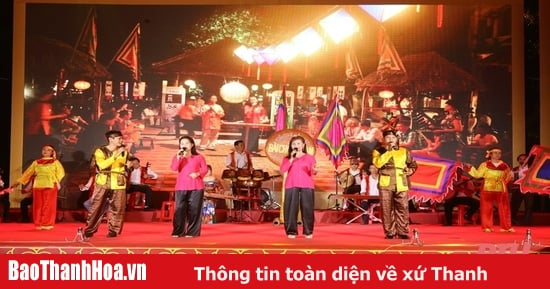
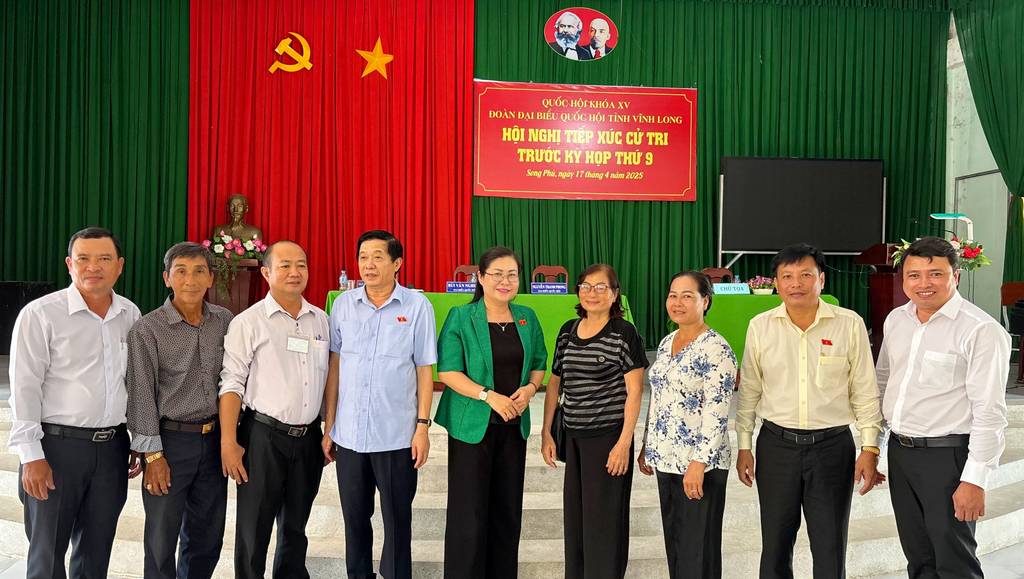


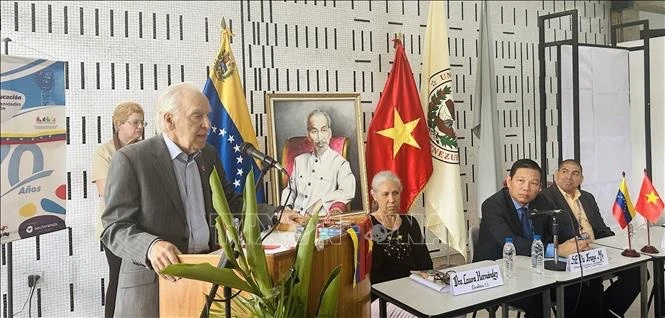
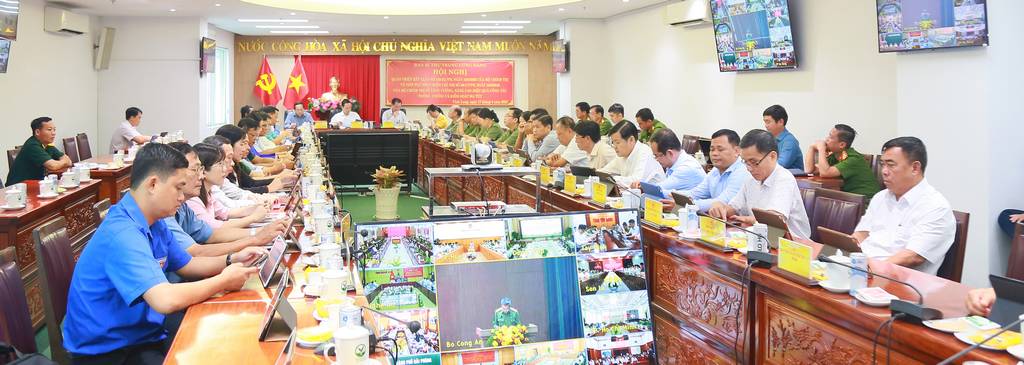
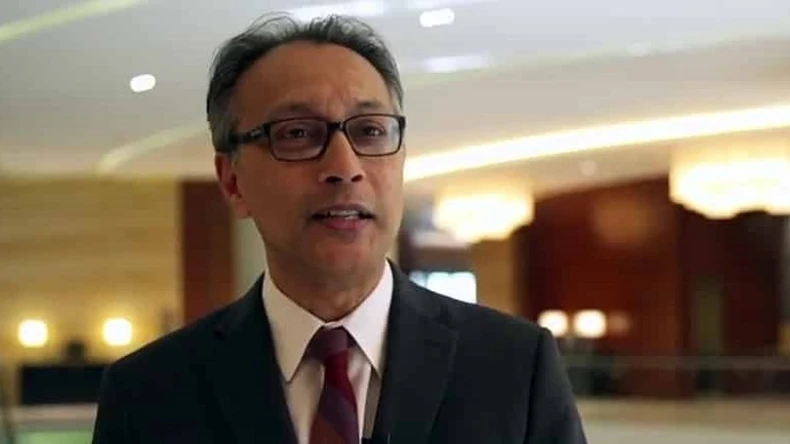
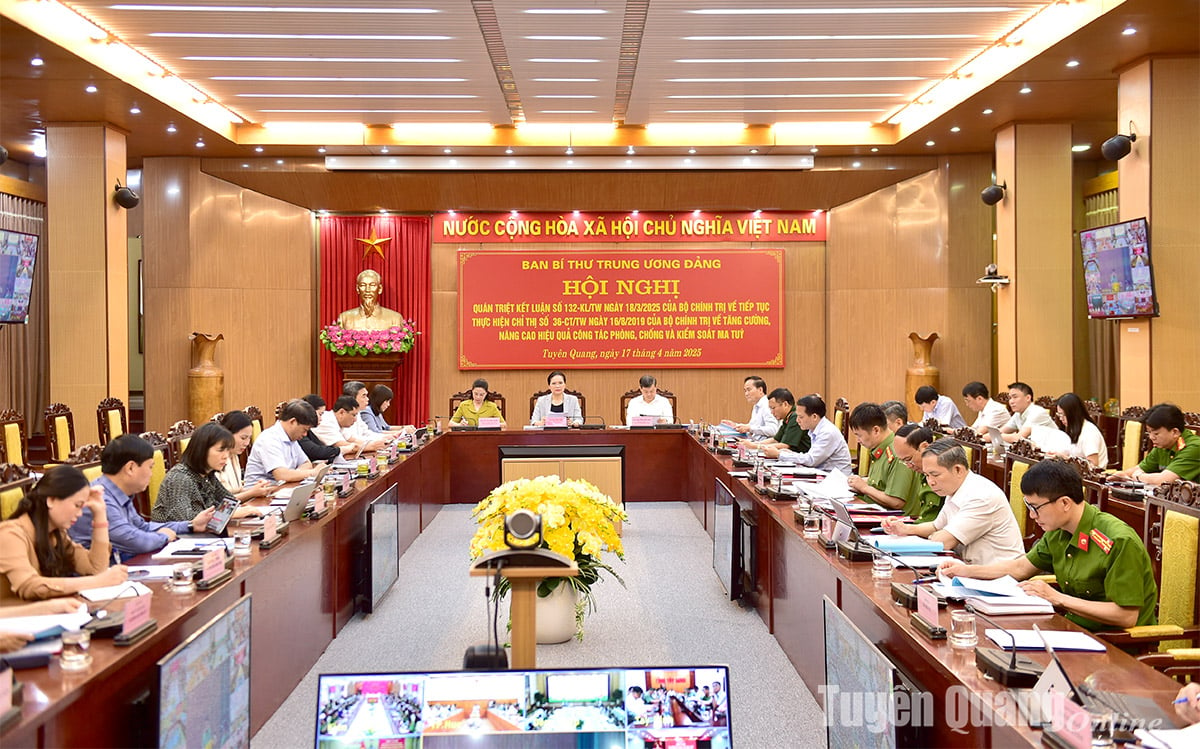
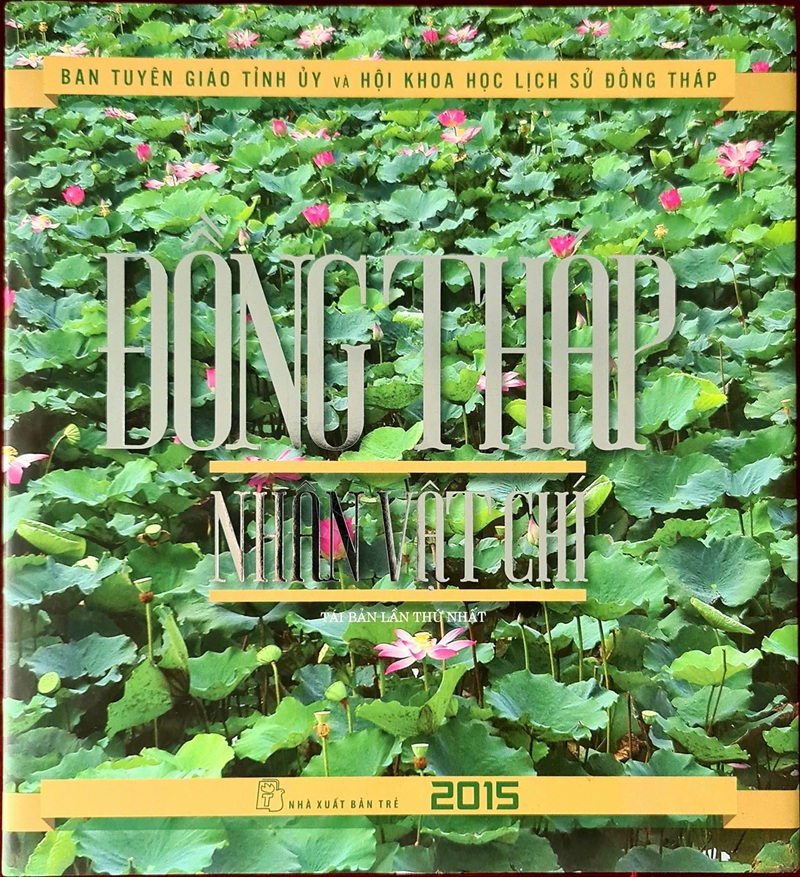
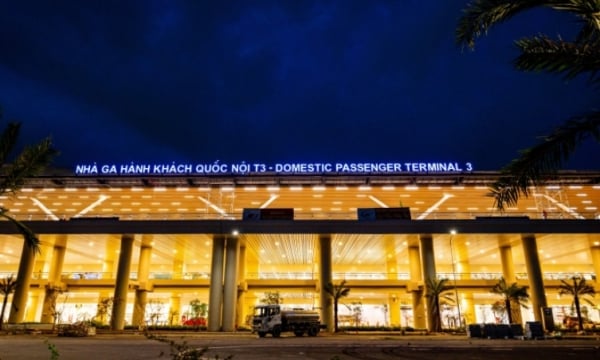
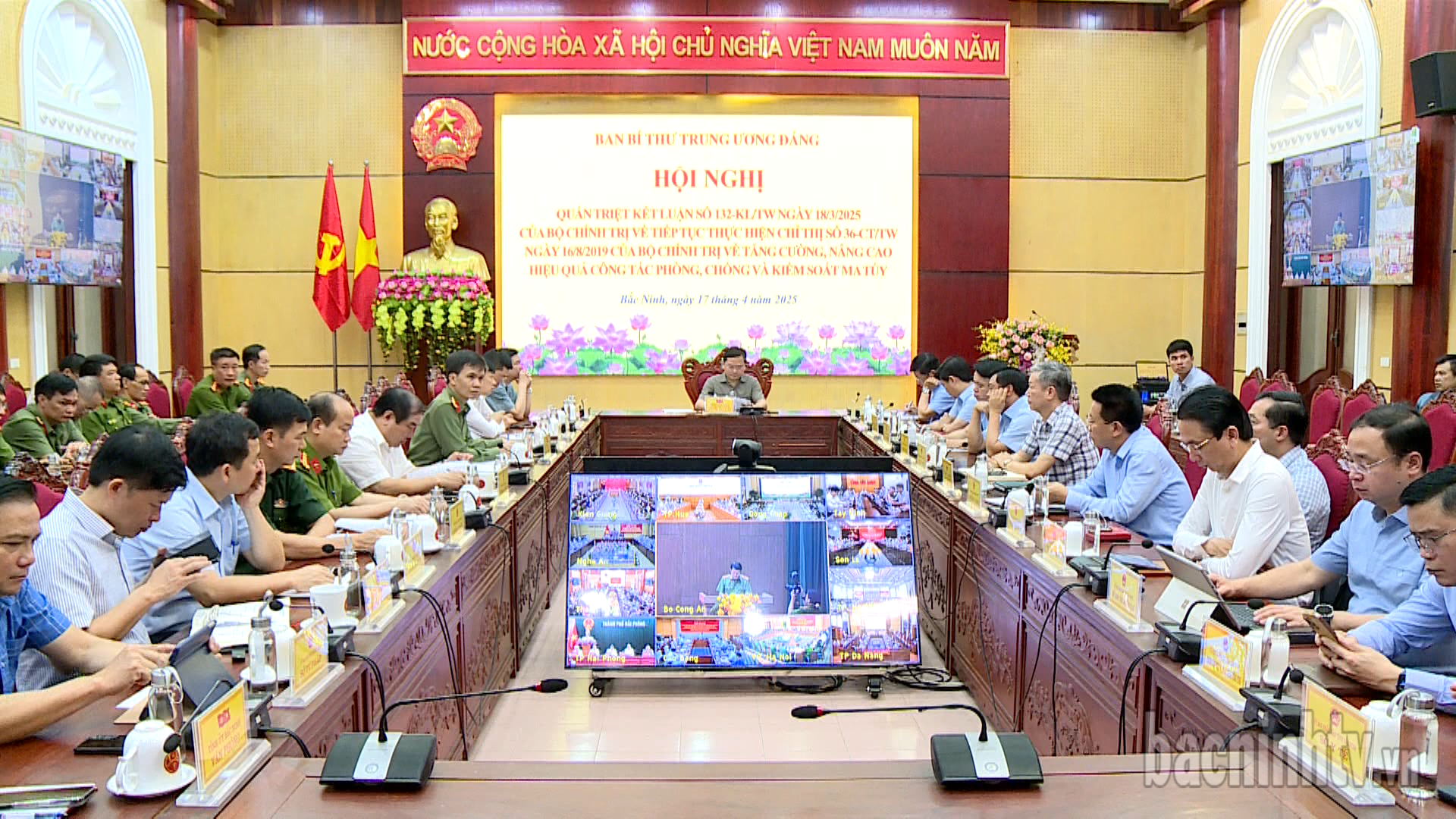
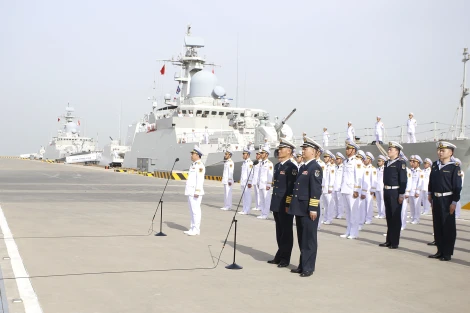
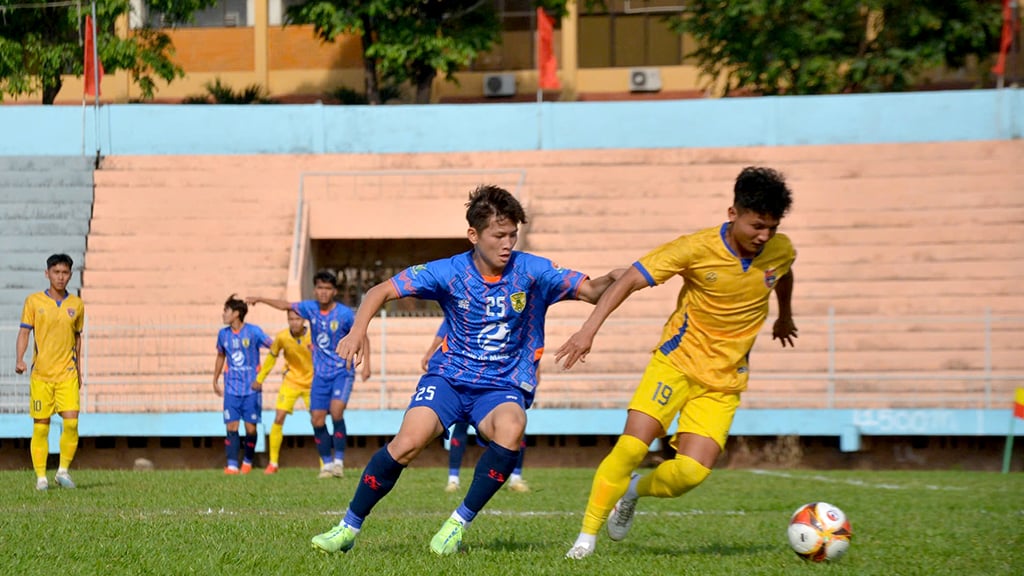


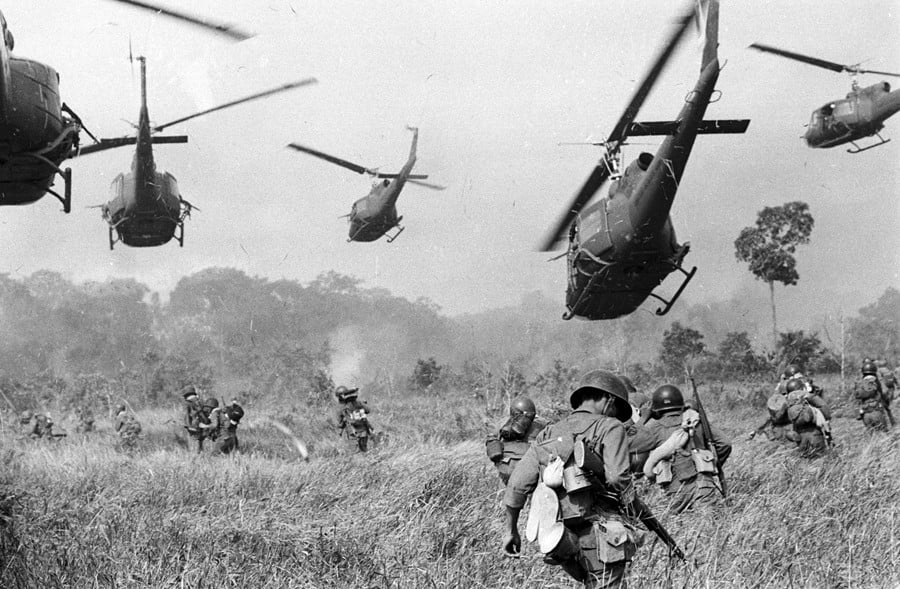

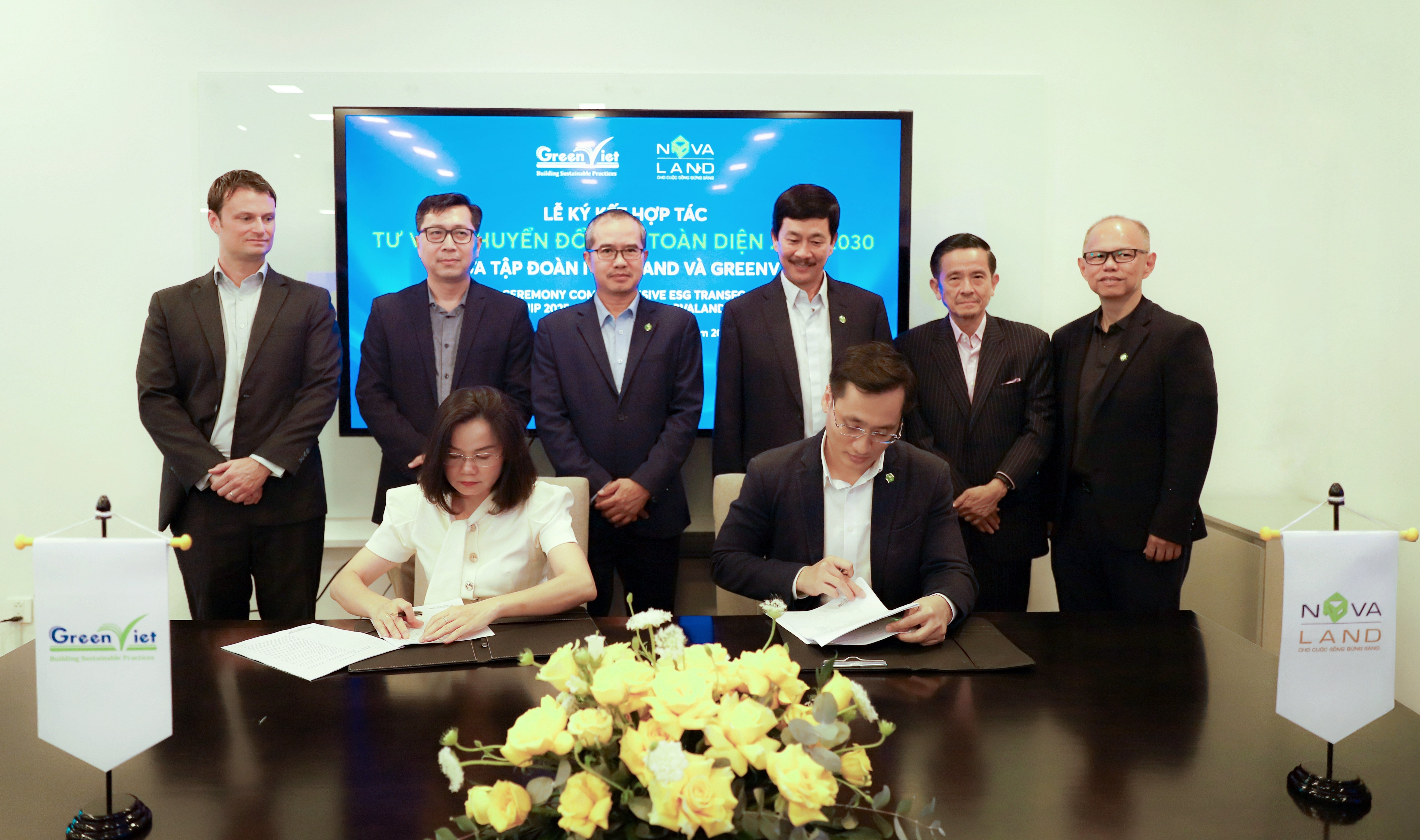
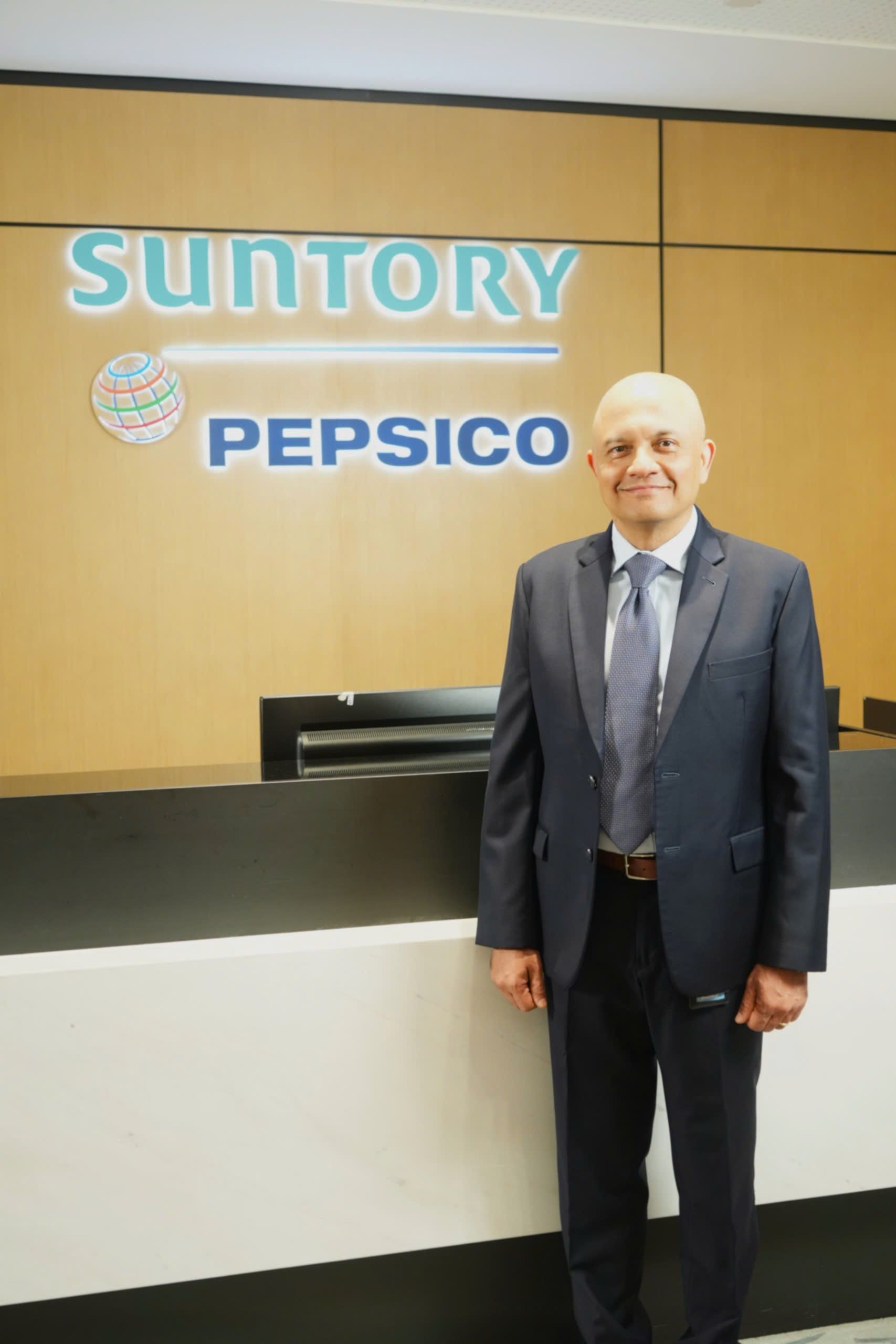

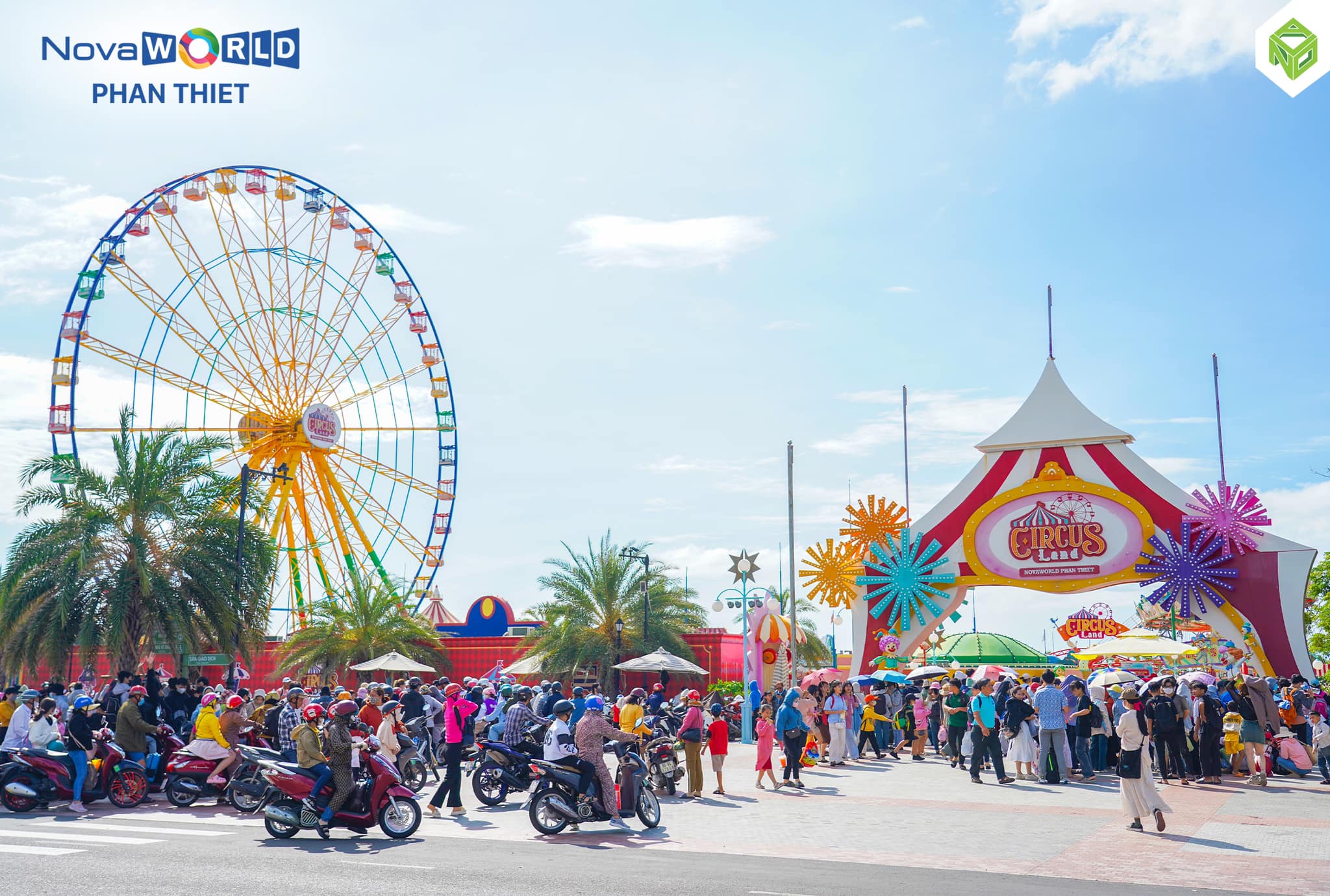
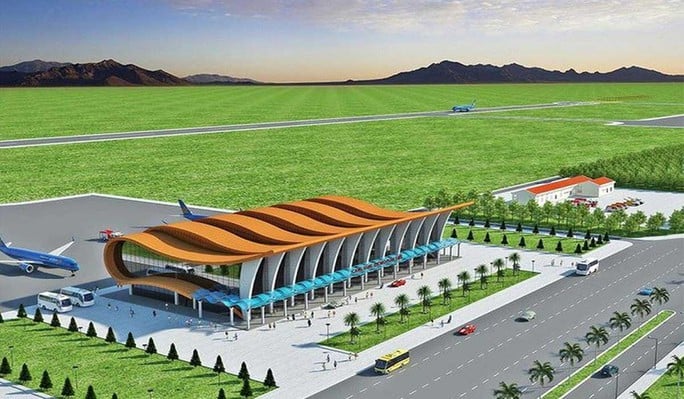
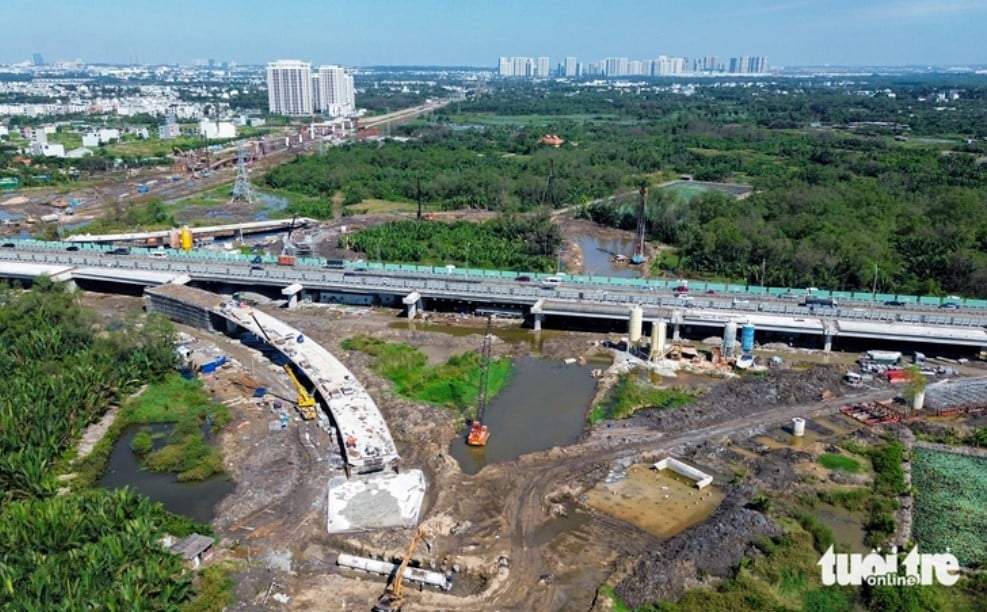
![[Photo] National Assembly Chairman Tran Thanh Man meets with Ethiopian Prime Minister Abiy Ahmed Ali](https://vstatic.vietnam.vn/vietnam/resource/IMAGE/2025/4/16/c196dbc1755d46e4ae7b506c5c15be55)
![[Photo] Opening of the 4th Summit of the Partnership for Green Growth and the Global Goals](https://vstatic.vietnam.vn/vietnam/resource/IMAGE/2025/4/16/488550ff07ce4cd9b68a2a9572a6e035)
![[Photo] President Luong Cuong receives Ethiopian Prime Minister Abiy Ahmed Ali](https://vstatic.vietnam.vn/vietnam/resource/IMAGE/2025/4/16/504685cac833417284c88a786739119c)
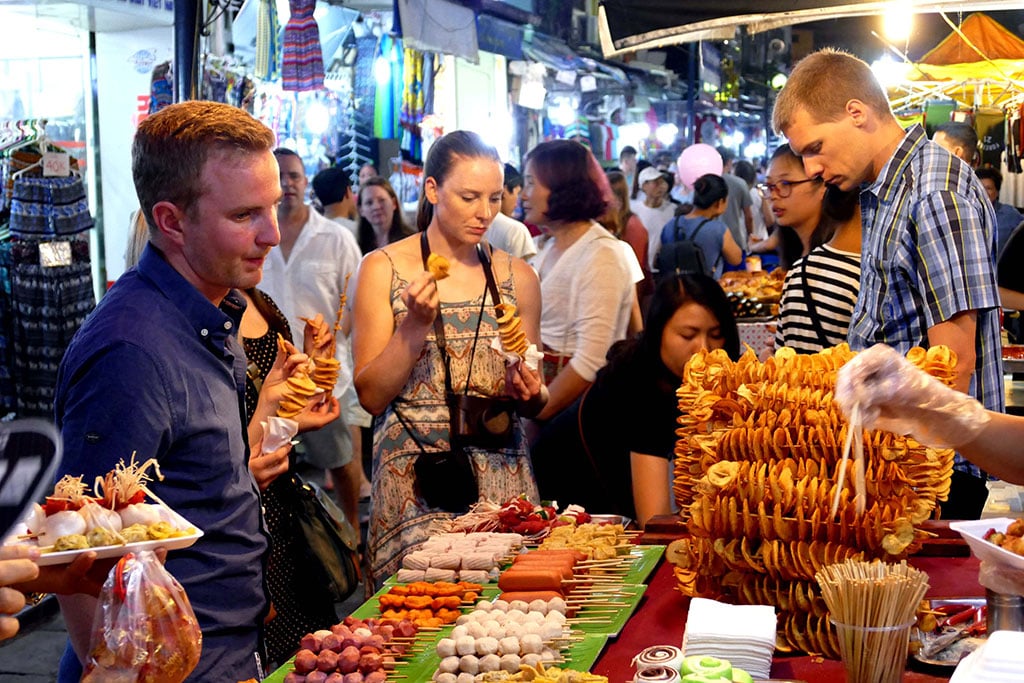



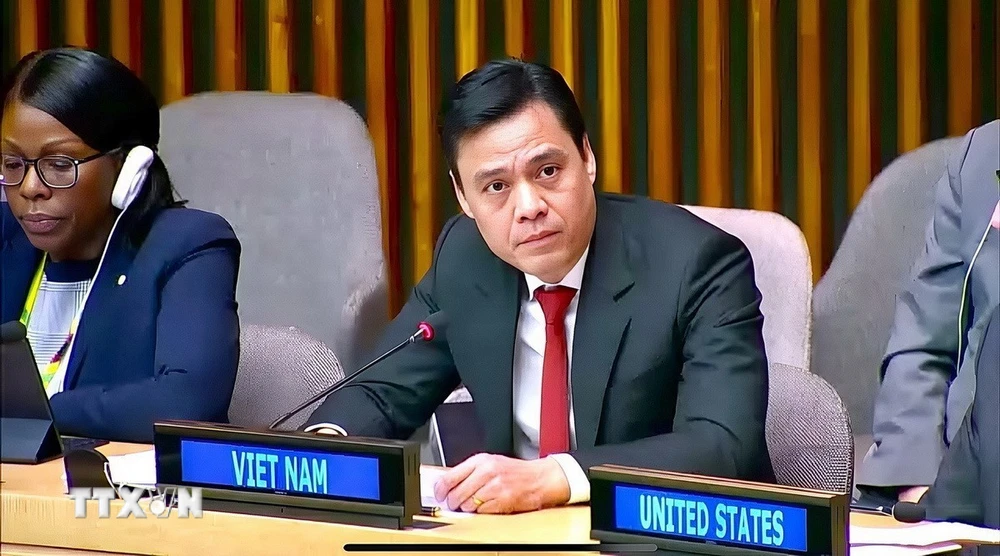

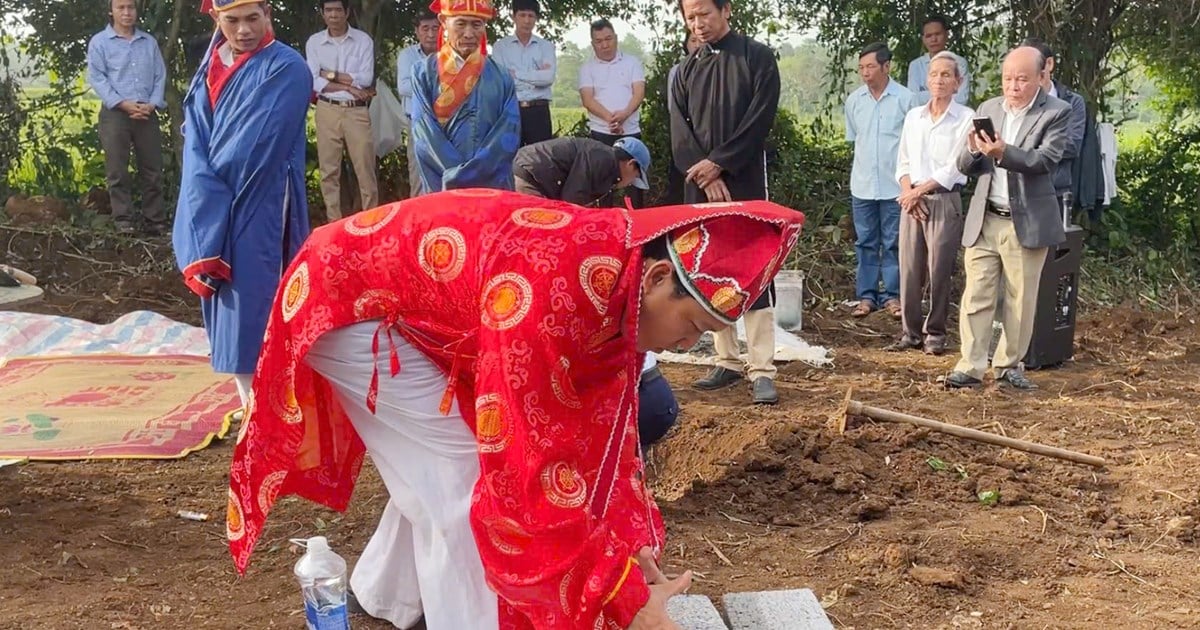

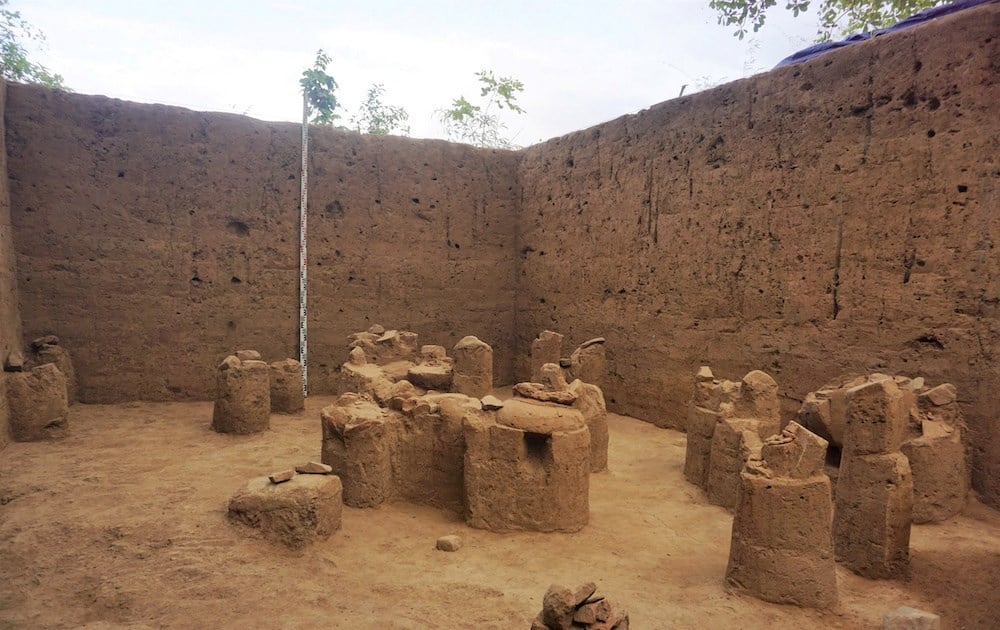
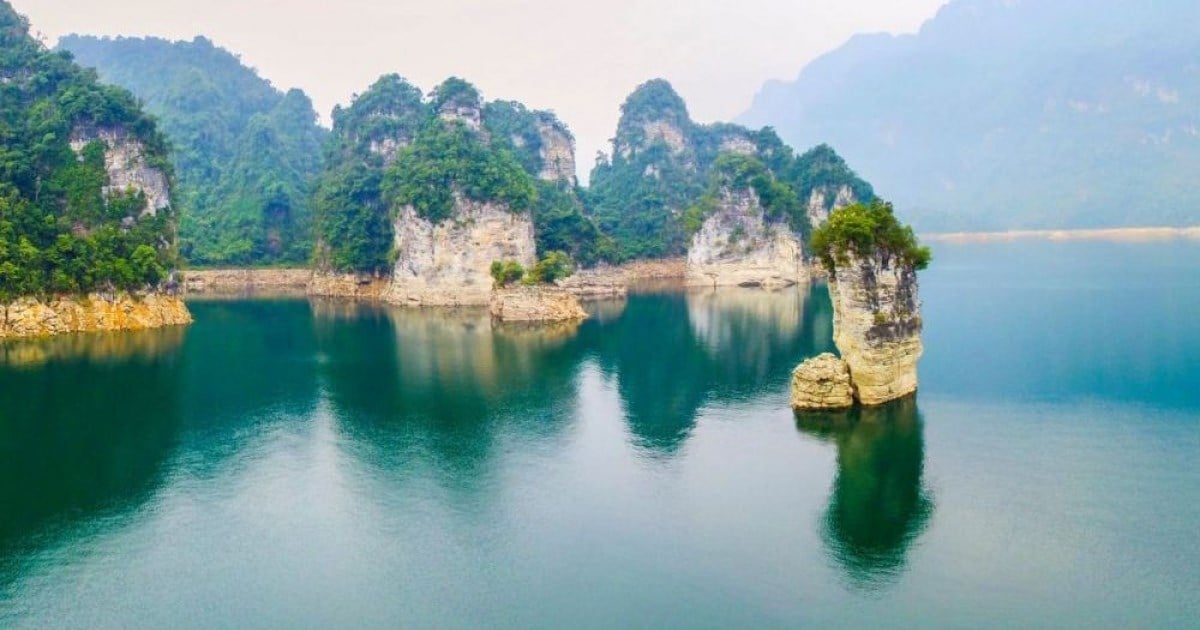


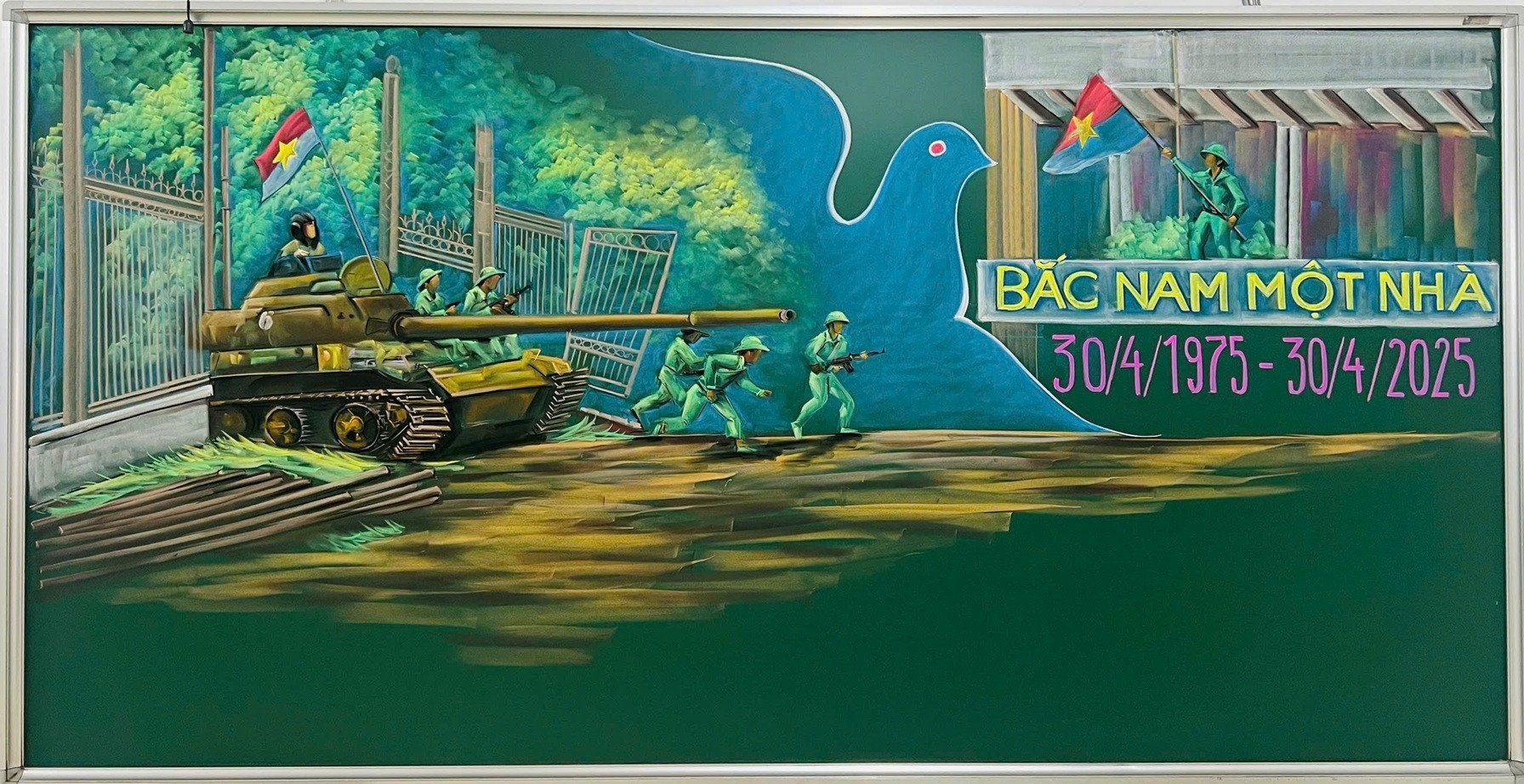




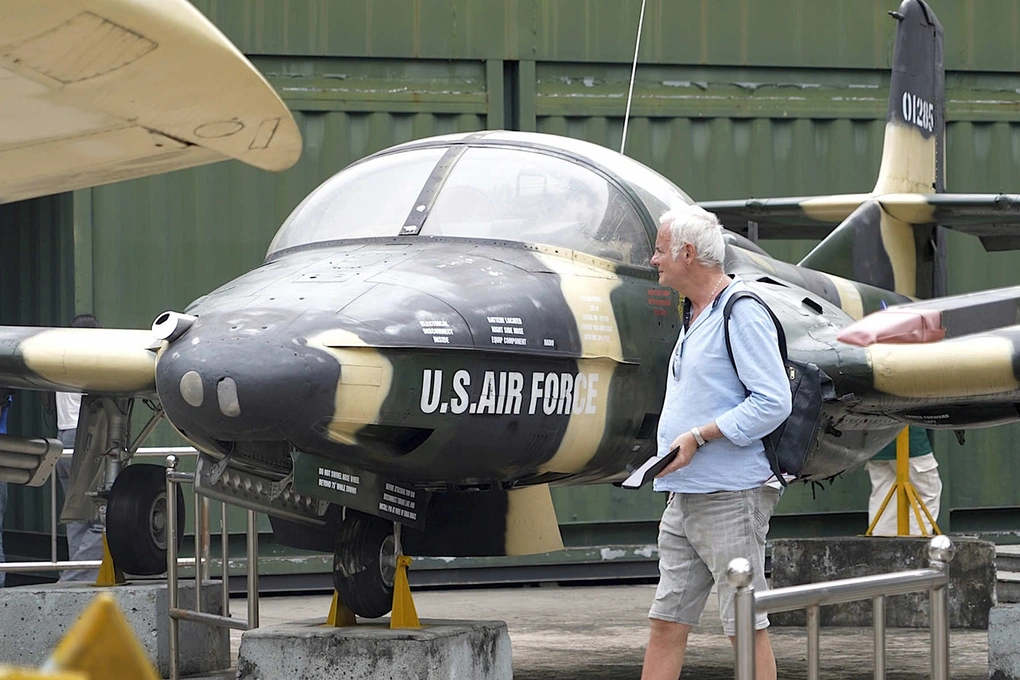


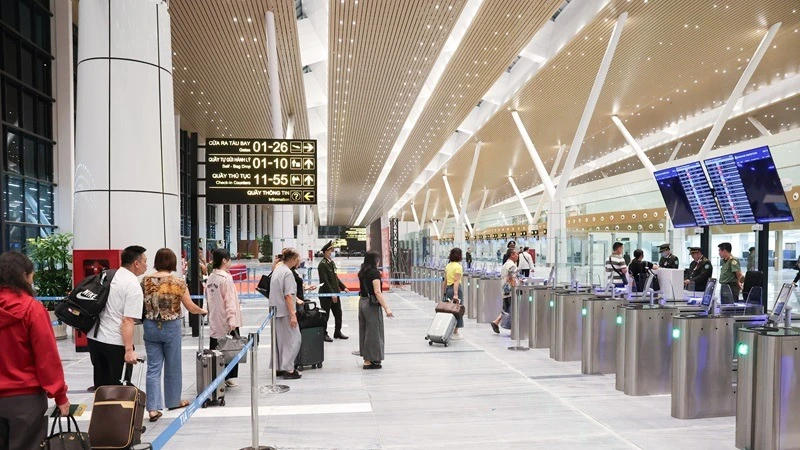


![[Video] Viettel officially puts into operation the largest submarine optical cable line in Vietnam](https://vstatic.vietnam.vn/vietnam/resource/IMAGE/2025/4/17/f19008c6010c4a538cc422cb791ca0a1)
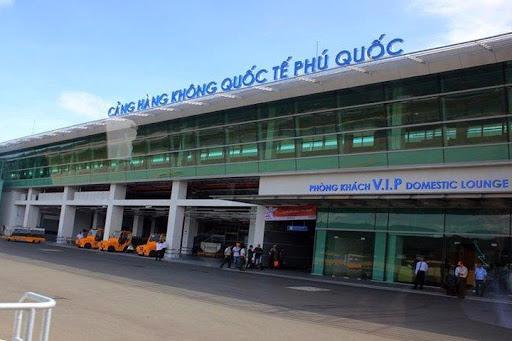
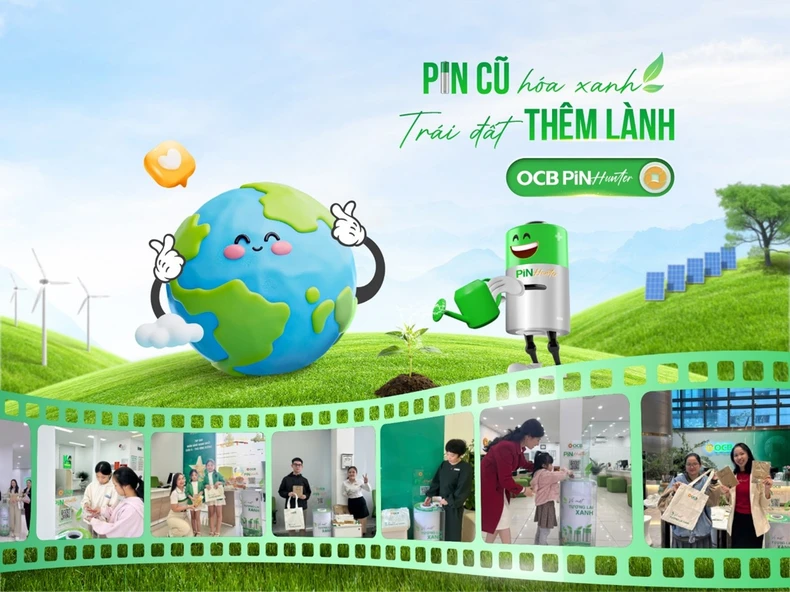


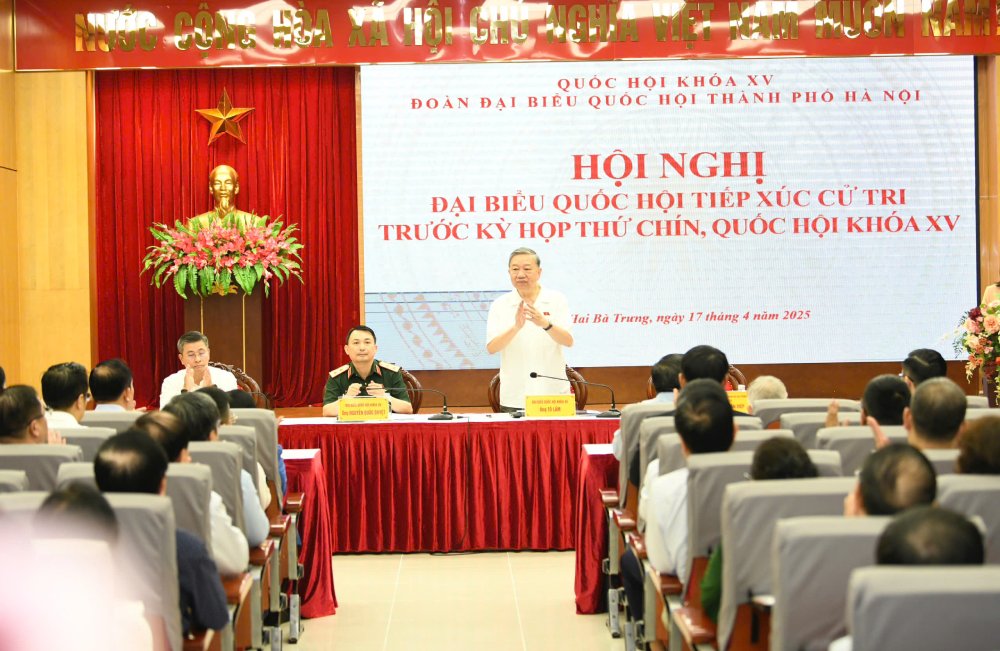



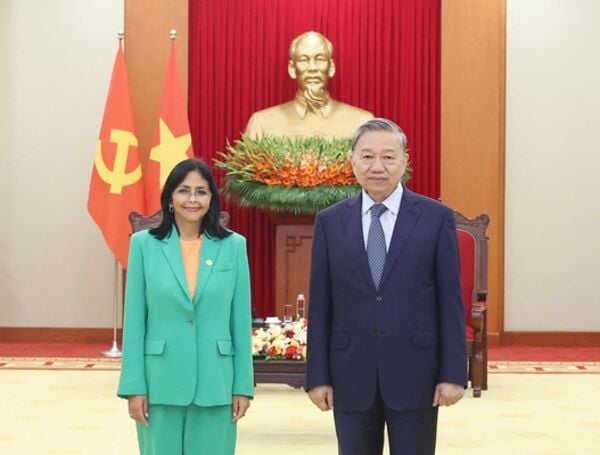
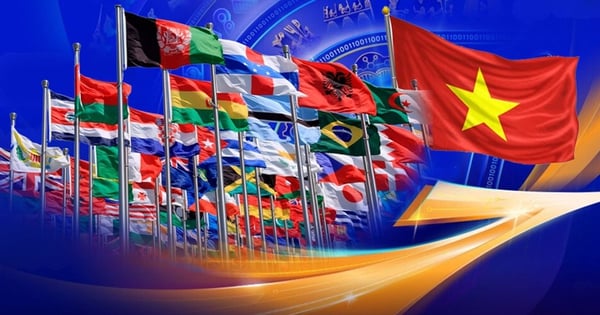
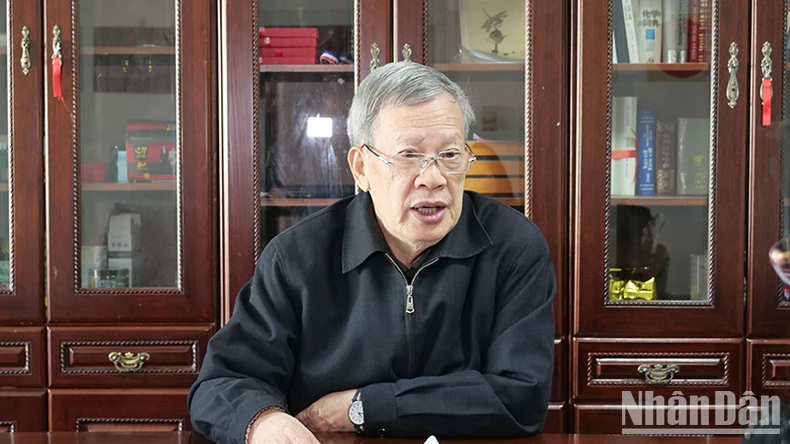



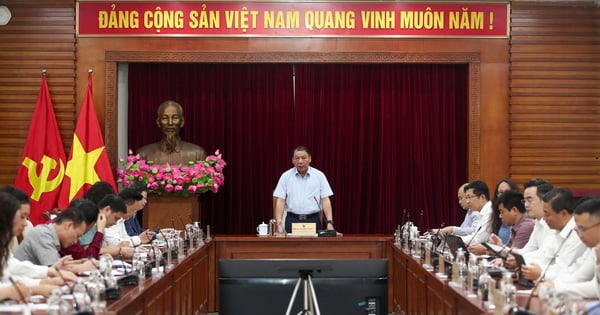


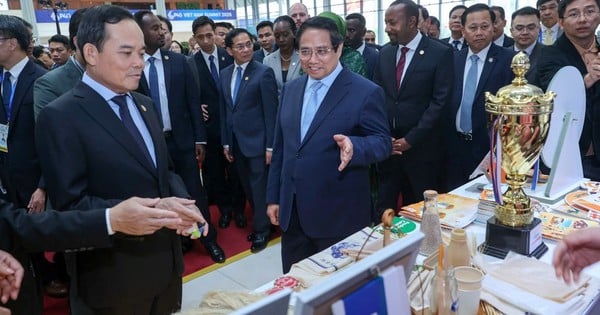

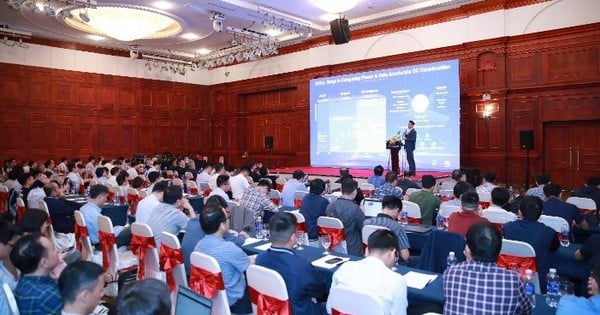
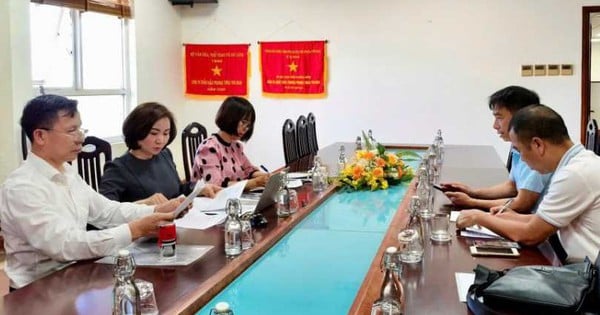
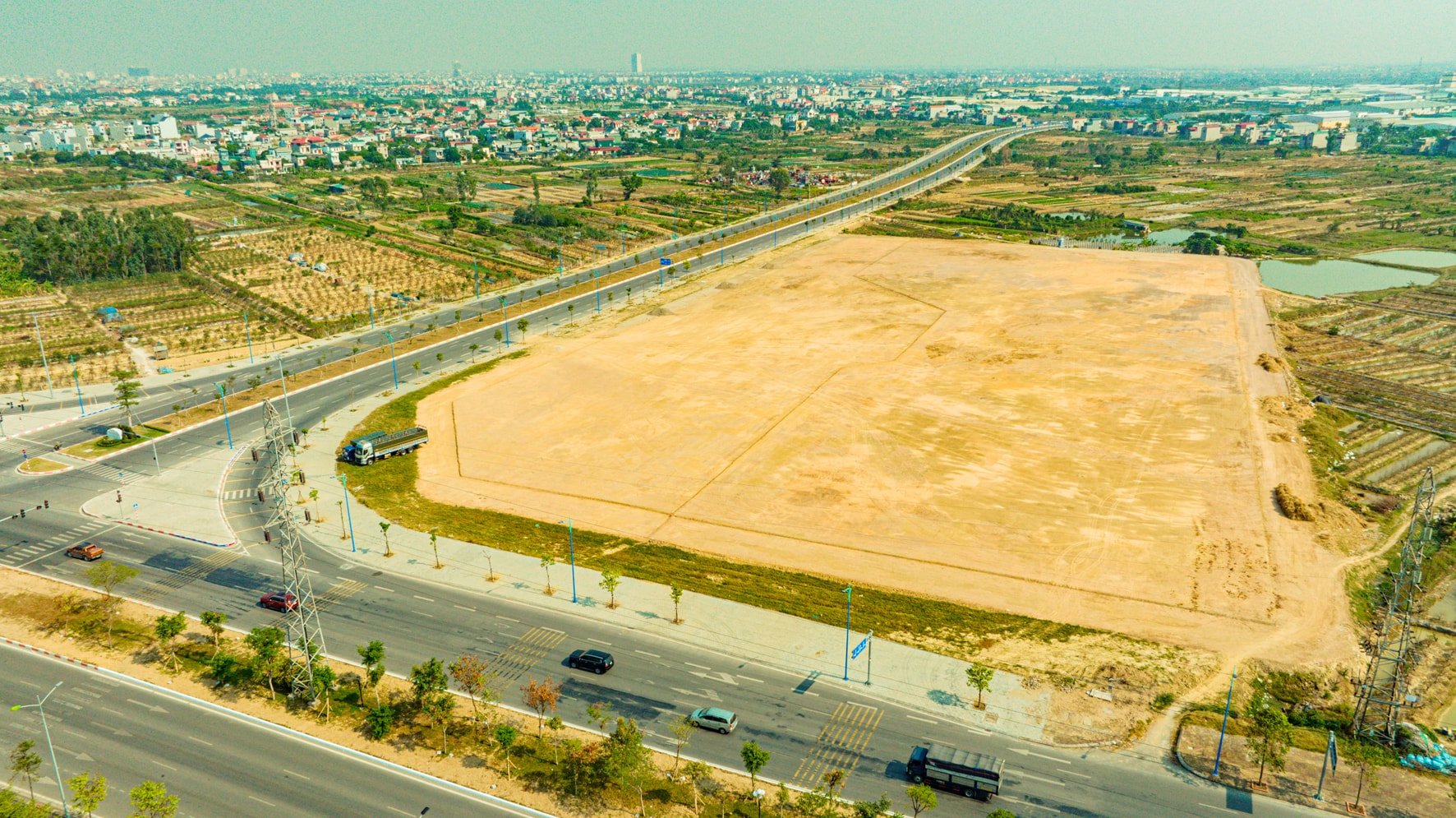
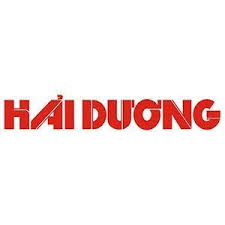
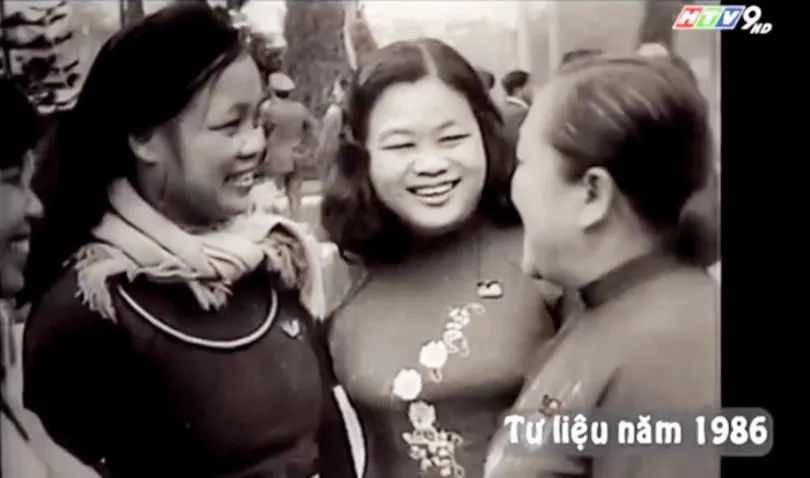

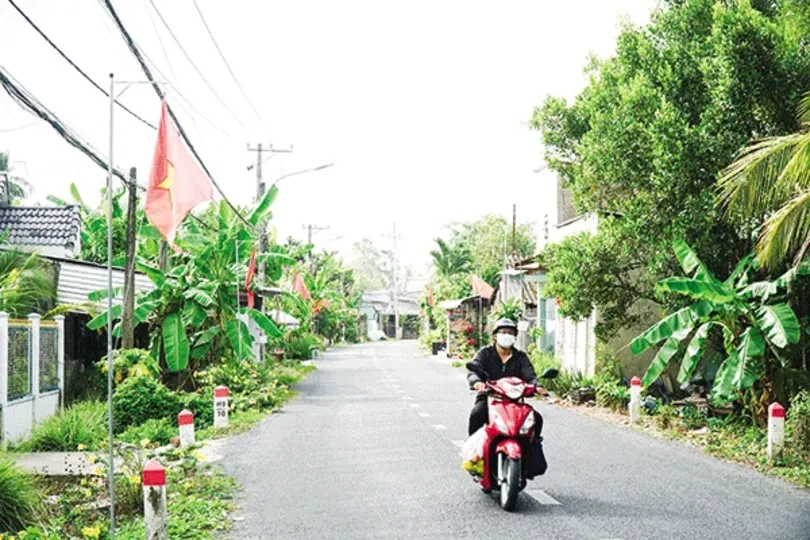
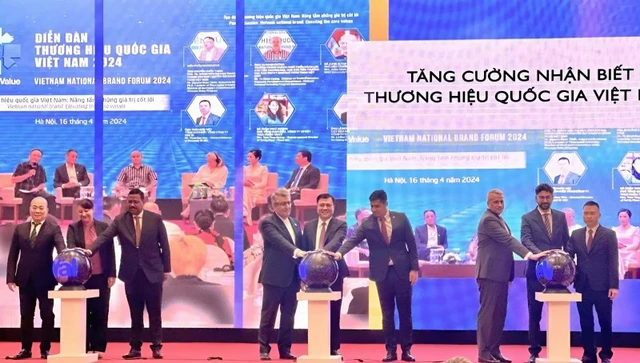

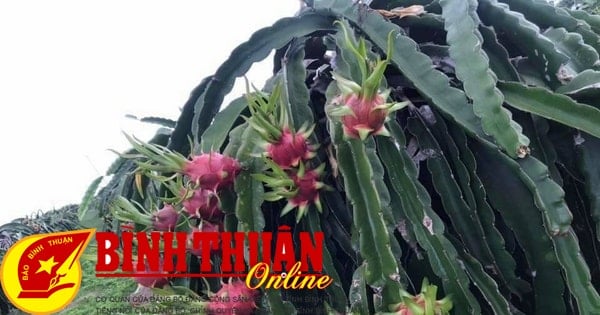

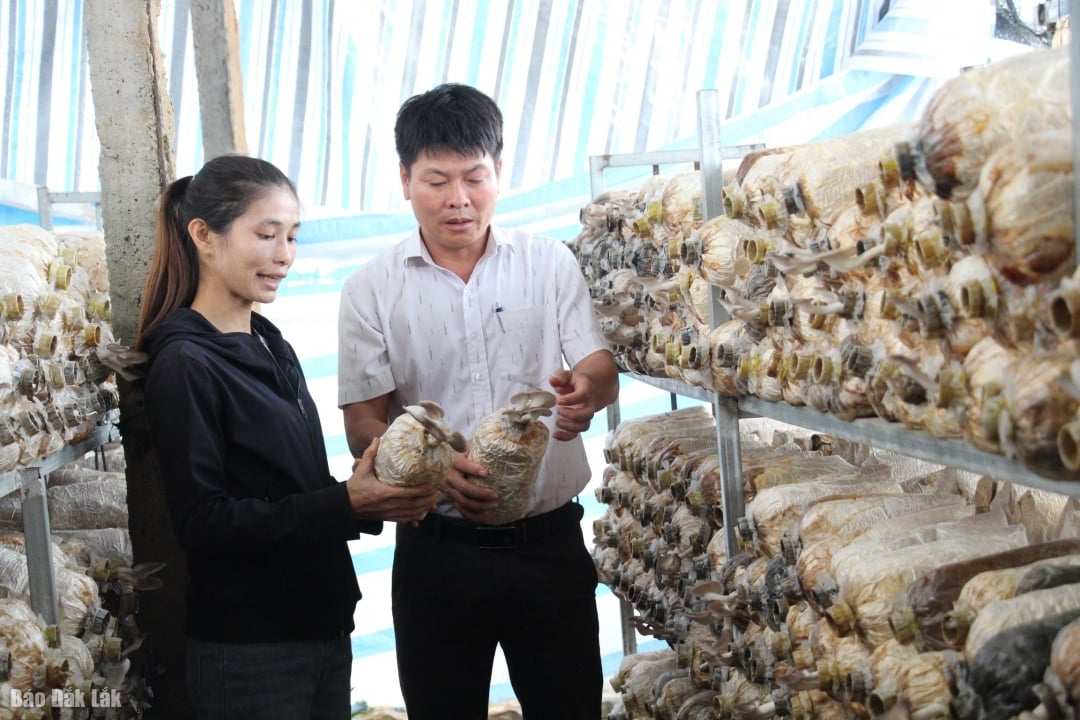

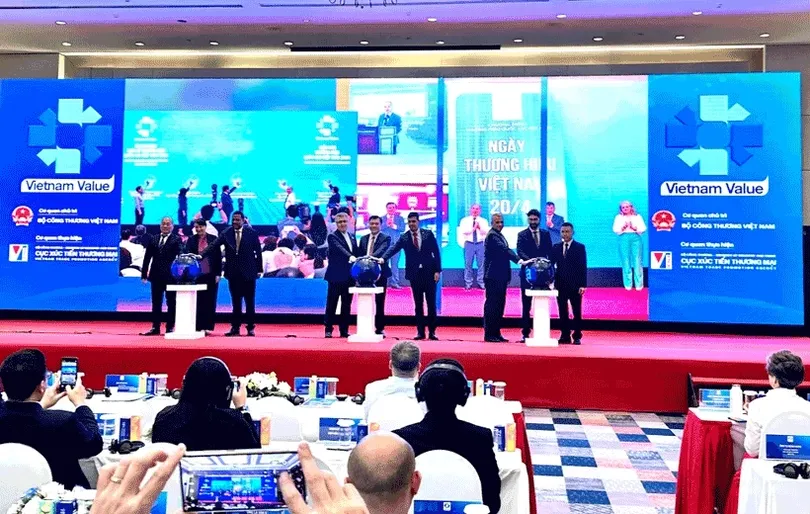
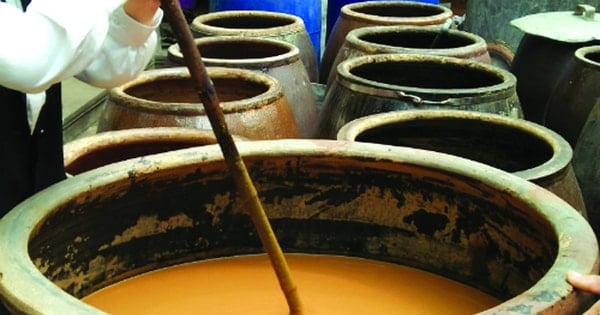

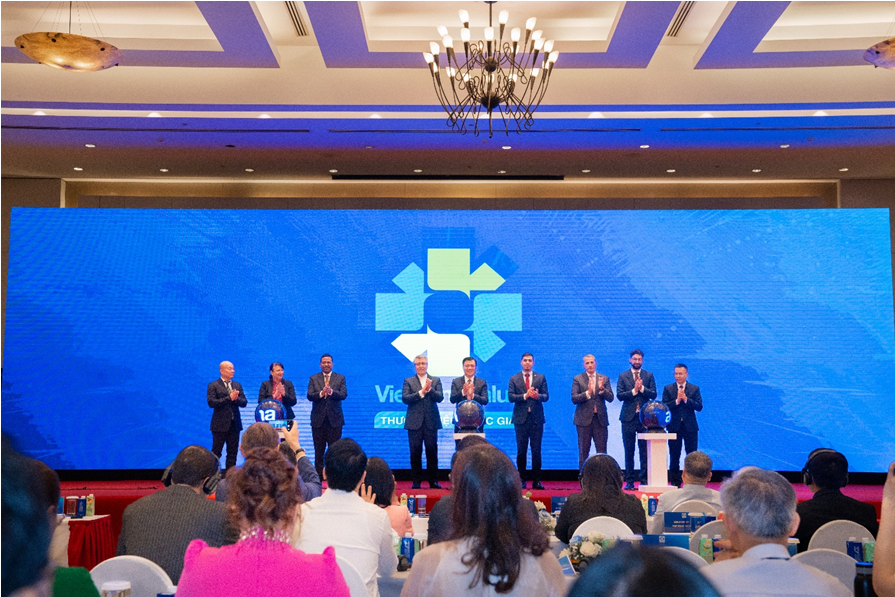

Comment (0)